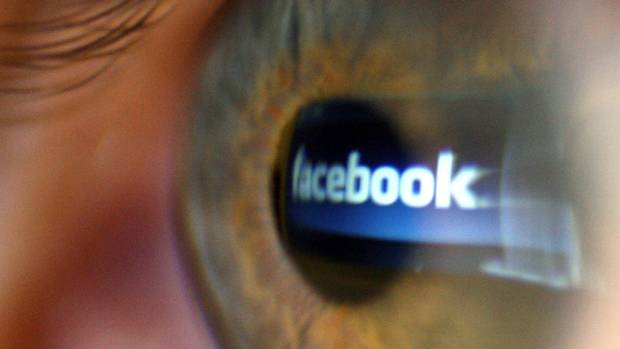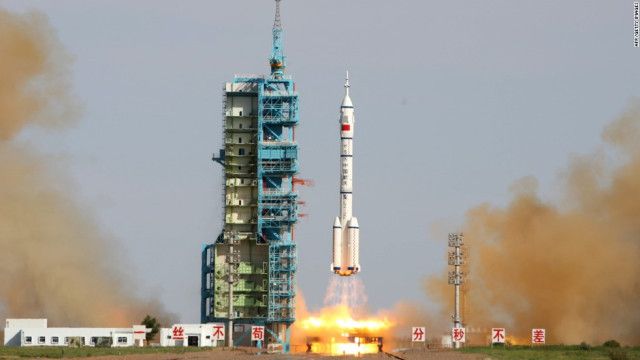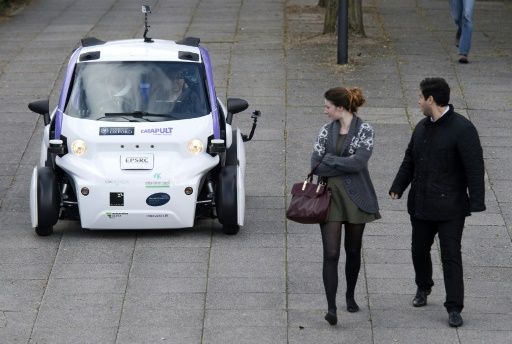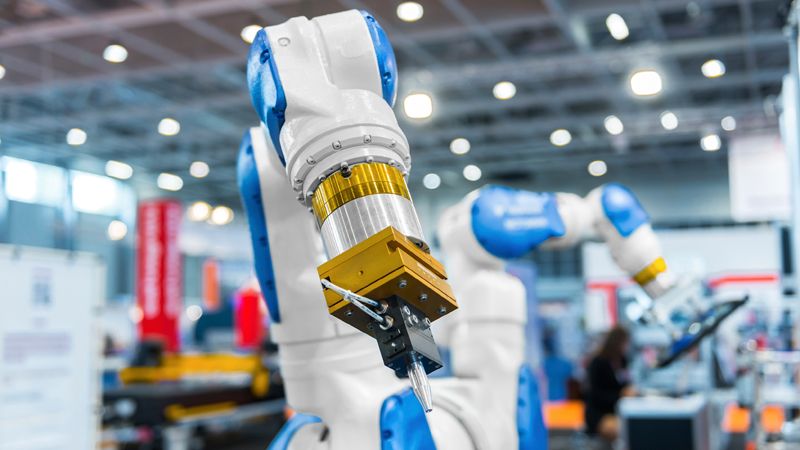Page 10785
Mar 26, 2017
Facebook’s secret mind-reading device ‘to be unveiled next month’ that could let people share information ‘telepathically’
Posted by Shailesh Prasad in categories: futurism, robotics/AI
Facebook is developing at least four new consumer products that could be revealed at an April event, according to a new report.
The social network last year launched a futuristic hardware division called Building 8, which is said to be similar to Google X, the experimental lab behind the search company’s self-driving cars.
One of the prototypes created by Building 8 is a “brain computer interface” that sounds a lot like a platform once hinted at by Mark Zuckerberg, which would allow users to share information telepathically.
Mar 26, 2017
China Begins Development Of Reusable Rockets For Space Exploration
Posted by Andreas Matt in categories: futurism, space travel
China has signaled that its future lies with reusable rockets to reduce cost and pollution; although they won’t be copying SpaceX’s landing techniques.

SpaceX were the early pioneers of reusable rocket technology, successfully landing first stage boosters after delivering cargo into orbit, but it looks as though China are keen to follow suit with their own rockets after recognizing benefits of reusability.
Continue reading “China Begins Development Of Reusable Rockets For Space Exploration” »
Mar 26, 2017
Expert Asserts ‘Kids Born Today Will Never Get to Drive a Car’
Posted by Shane Hinshaw in categories: robotics/AI, transportation
For many, learning how to drive is a rite of passage that teenagers pine for. Getting behind the wheel for the first time, passing drivers ed, getting your license, and buying your first car symbolize your first steps towards independence.
But one expert believes it’s a milestone that teens of the future won’t experience.
“My own prediction is that kids born today will never get to drive a car,” says Henrik Christensen, who heads UC San Diego’s Contextual Robotics Institute. “Autonomous, driverless cars are 10, 15 years out. All the automotive companies–Daimler, GM, Ford–are saying that within five years they will have autonomous, driverless cars on the road.”
Continue reading “Expert Asserts ‘Kids Born Today Will Never Get to Drive a Car’” »
Mar 26, 2017
Tech world debate on robots and jobs heats up
Posted by Simon Waslander in categories: biotech/medical, employment, information science, robotics/AI
Are robots coming for your job?
Although technology has long affected the labor force, recent advances in artificial intelligence and robotics are heightening concerns about automation replacing a growing number of occupations, including highly skilled or “knowledge-based” jobs.
Just a few examples: self-driving technology may eliminate the need for taxi, Uber and truck drivers, algorithms are playing a growing role in journalism, robots are informing consumers as mall greeters, and medicine is adapting robotic surgery and artificial intelligence to detect cancer and heart conditions.
Mar 26, 2017
The Young Scientist Who Wants Us To Live Forever
Posted by Steve Hill in category: life extension
Maria Konovalenko in the news talking about the science of life extension.
Maria Konovalenko is in the news today in this interesting article about life extension. Good to see the subject is getting more popular press than ever these days.
Mar 26, 2017
Brian Greene: Five things to expect by 2037
Posted by Derick Lee in categories: robotics/AI, space
Will we land on Mars? Discover other life forms? Usher in the age of artificial intelligence Before his New Zealand talk tonight, celebrity scientist Professor Brian Greene talked to Jamie Morton about five big developments we can expect in the next 20 years.
When will the universe end? — New Zealand Herald.
Mar 26, 2017
Our Thinking — Factory of the Future: Beyond the Assembly Line
Posted by Alireza Mokri in categories: business, futurism
The ‘factory of the future’ will result in… a very significant change in business models for both manufacturers and equipment makers. — Daniela Costa.
Mar 26, 2017
Industry Insights
Posted by Alireza Mokri in categories: education, employment, robotics/AI
U.S. Alliance in Robotics for Manufacturing Means Innovation, Education, More Jobs…
Robotics Online is the premier resource from RIA, Robotic Industries Association, for industrial robotics and automation. Call (734) 994‑6088 to join RIA.
Mar 26, 2017
People afraid of robots much more likely to fear losing their jobs, suffer anxiety
Posted by Alireza Mokri in categories: health, robotics/AI
“Technophobes”—people who fear robots, artificial intelligence and new technology that they don’t understand—are much more likely to be afraid of losing their jobs to technology and to suffer anxiety-related mental health issues, a Baylor University study found.
More than a third of those in the study fit its definition of “technophobe” and are more fearful of automation that could lead to job displacement than they are of potentially threatening or dangerous circumstances such as romantic rejection, public speaking and police brutality, according to the study.
“If you’re afraid of losing your job to a robot, you’re not alone,” said researcher Paul McClure, a sociologist in Baylor’s College of Arts & Sciences. “This is a real concern among a substantial portion of the American population. They are not simply a subgroup of generally fearful people.”

















